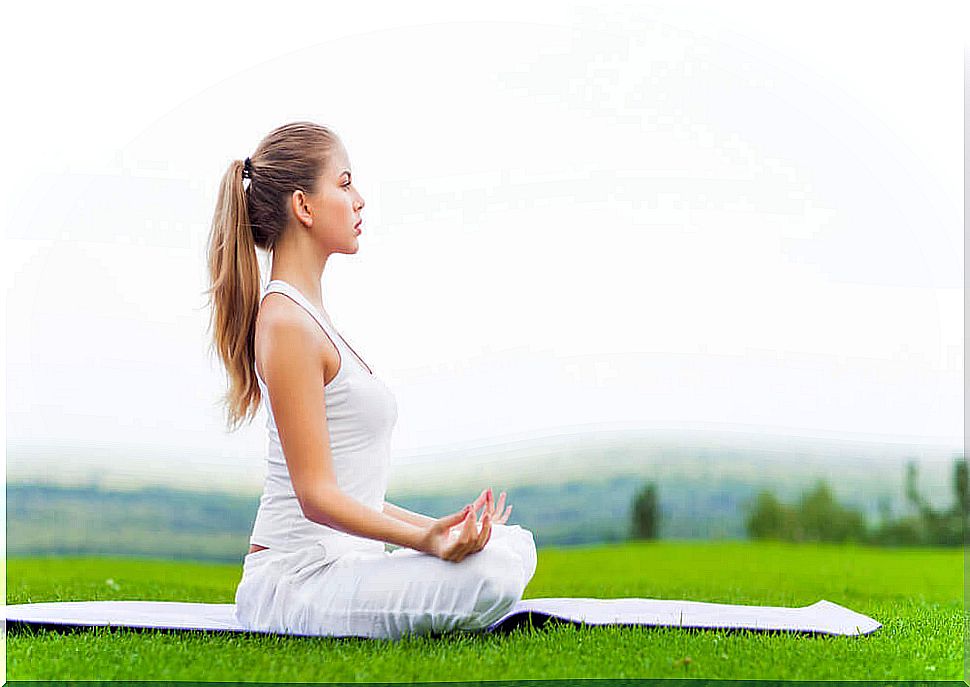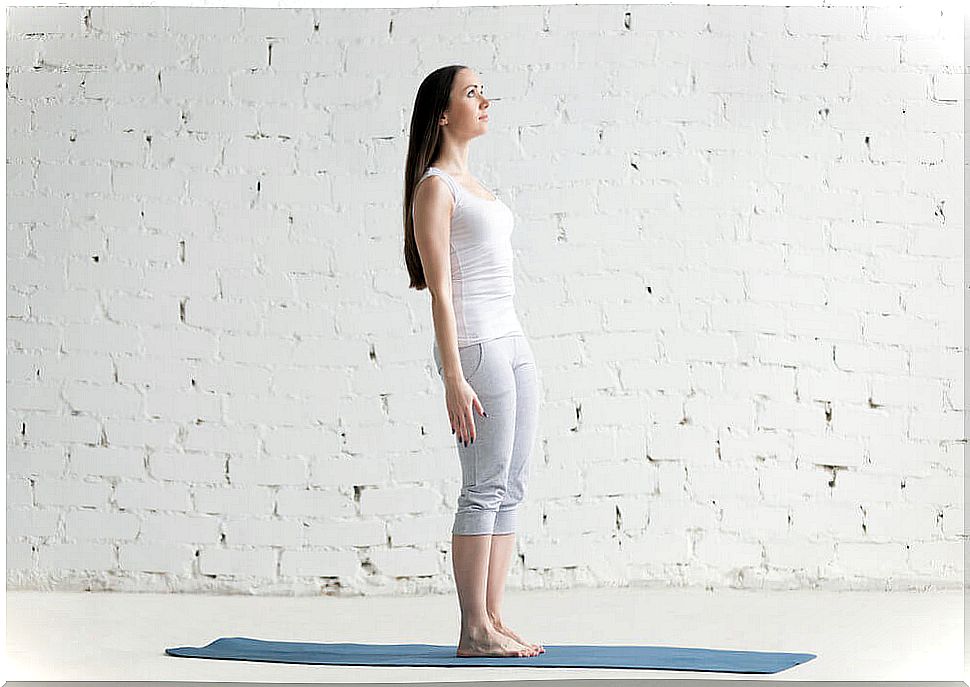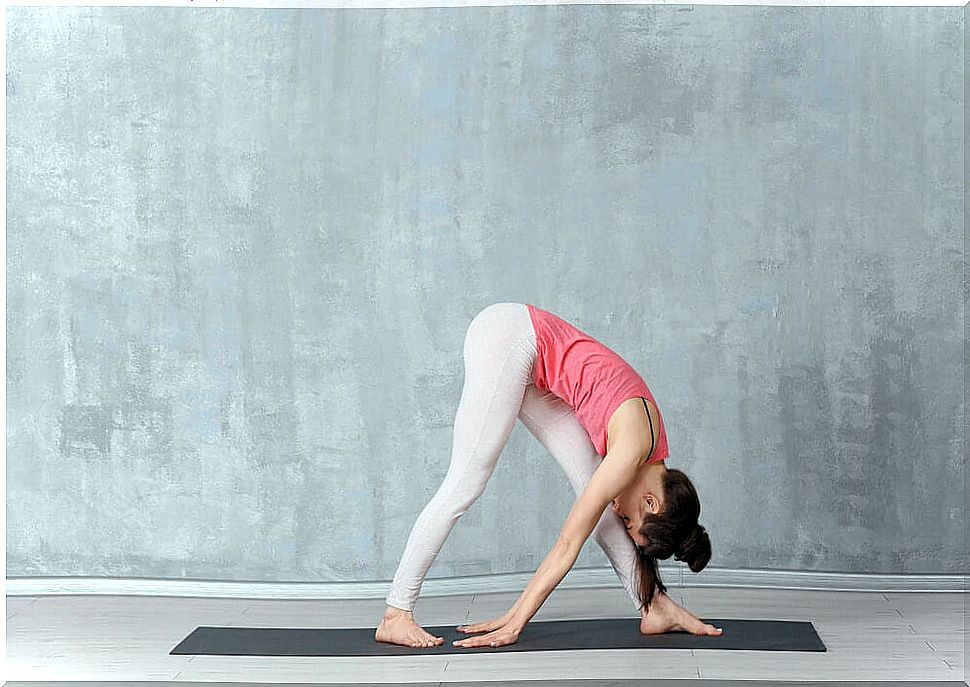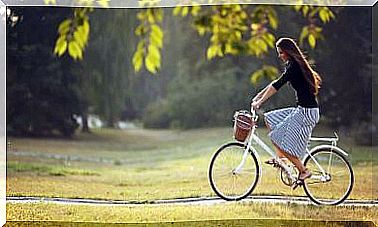Best Yoga Postures For Beginners

When a person begins a physical practice, he must take into account several factors to avoid injury. Therefore, it is important to know which are the best Yoga postures for beginners.
Sometimes we think that in order to participate in a class, we must be younger, more flexible or thinner. However, in the case of Yoga, it is an exercise suitable for everyone. Regardless of age, physical condition or weight.
Given the fact that this ancient practice offers multiple benefits, we must inform ourselves about how we can take advantage of it from day one. In this way, our process will be more pleasant and, thanks to that, we will enjoy it even more.
Yoga Postures for Beginners: Start with the Basics
When we get to our first class or session, we may feel a little awkward or fearful.
If you want to practice a little at home, before going to your class, we propose some Yoga posture exercises for beginners that will help you to be better prepared:
1. Mountain Posture or Tadasana

To get started in the world of Yoga, this position is excellent. Stand with your legs together and spread your heels slightly apart. Bring your palms together at chest level and keep your back and head as straight as possible.
Relax your shoulders and raise your arms slowly as you take a deep breath. You can close your eyes to focus better.
If you need more stretch, take your heels off the floor and lean in with just your toes.
2. Three Warriors Posture or Virabhadrasana
This exercise is to find internal balance while extending from the neck to the pelvis. Get up and bring your right leg forward, slightly bending your knee. The left leg should be as straight as possible.
Place your arms at your sides and rest your hands on your hips. Raise your arms at the same time until your hands pass the line of your head. Slightly turn your neck back. Hold the pose for 30 seconds.
3. Tree Posture or Vrksasana

Start the same way as the mountain pose: stand with your legs together and your palms together at chest level.
Relax your shoulders and fix a point (it could be a picture, a mark on the wall, an object, etc.). Bring all your body weight into your right leg and, little by little, lift your left foot off the floor.
The idea is that you can support the sole of your left foot on the inside of your right thigh. At first it will be difficult for you to keep your balance, but for nothing in the world you can take your eyes off that chosen fixed point. Hold for 30 seconds and then switch sides.
4. Cat posture or Marjarysana
Another of the basic Yoga postures for beginners that allows us to relax the back and neck, as well as gradually make the spine more flexible.
The quadrupedal position begins with resting your palms, knees, and toes on the floor or mat.
Put your head back while arching your back. After a few seconds, the reverse movement is done: bring your head down (between your shoulders) and arch your back (like a hump). Do at least 10 reps slowly.
5. Triangle or Trikonasana Posture

Standing, spread your legs a little more than shoulder-width apart. The feet must be parallel to each other. Take your body weight to your right side and raise your left arm as straight as possible.
With your right hand, hold your knee as you incline your torso little by little to that side. Once you reach balance, turn your head so you can see your left hand “in the air.”
Hold the pose for a few seconds, then slowly return to the starting pose and do it to the other side.
6. Sail Posture or Sarvangasana
Lie on your back on the mat with your legs straight and your arms at your sides. Bring your knees to your torso and straighten your legs so they are perpendicular to the floor. You can help with your hands.
Your shoulders, upper arms and head should be well supported on the mat. Hold 30 seconds and go down very slowly.
See also: Yoga Stretches to Relieve Sciatic Nerve Pain
7. Downward looking dog posture or Adho Mukhva Svanasana

This Yoga pose for beginners serves to stretch the shoulders, calves and thighs, as well as to strengthen the legs and arms. Support the palms of your hands and the soles of your feet on the mat or floor.
With your back always straight, lift your hips so that your body forms a kind of triangle. The head should pass over the line of the shoulders (looking at the knees).
To give you more balance, open your fingers. You can support your heels against the wall the first time. Release any tension in the neck. Breathe slowly and stretch your back well.
8. Fish posture or Matsyasana
The last of the yoga poses for beginners encourages breathing and stretches the back and neck. Stand on your back with your legs straight. Bring your hands under your thighs with your palms facing down.
Support your elbows and lift your torso. Take your head back and rest your head on the floor. Breathe deeply 5 times and slowly return to the starting position.









